
If you're flying a drone for fun or basic commercial work, you're likely operating in the Open Category. This framework allows for low-risk flights without prior authorization, but it isn't a free-for-all.
To ensure you're flying legally, you must first determine which of the three distinct subcategories your operation falls under.
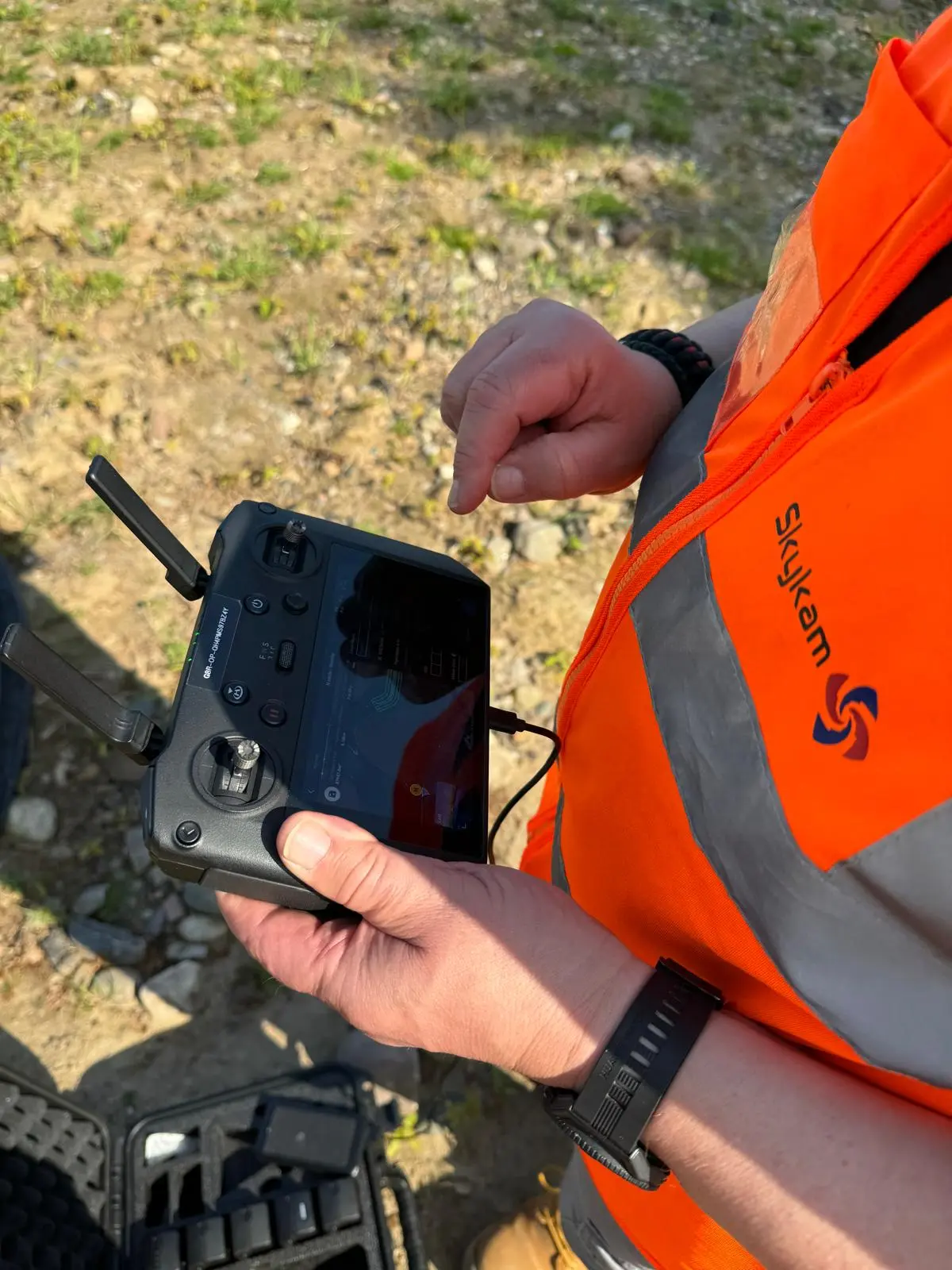
30 Second Summary
- The Open Category is for low-risk drone operations, simplifying rules for recreational and commercial flying.
- Flights do not require prior operational authorization if all conditions are met.
- Drones must weigh under 25 kg, fly below 120 meters, and stay in the pilot's visual line of sight.
- It is divided into A1, A2, and A3 subcategories, each with different rules for flying near people.
- Pilots must register as an operator and pass an online test to get a Flyer ID.
What Is Drone Open Category?
Because it's built for low-risk drone operations, the Open Category is the regulatory framework you'll use for most recreational and basic commercial flying in the UK and EU. This classification system simplifies the rules for flights that don't pose a significant danger to people, property, or other drones.
It’s designed as the standard, default category for most drone pilots. If your planned flight fits within its defined limits, you won't need to seek prior operational authorization from aviation authorities before you take off, which streamlines your entire flying process.
The Open Category is one of three main regulatory structures. For more complex operations, you'd look to the Specific Category, which covers moderate-risk flights, or the Certified Category, reserved for high-risk activities similar to manned aviation. For the vast majority of consumer drone users, however, you'll find the Open Category's rules are all you need to follow.
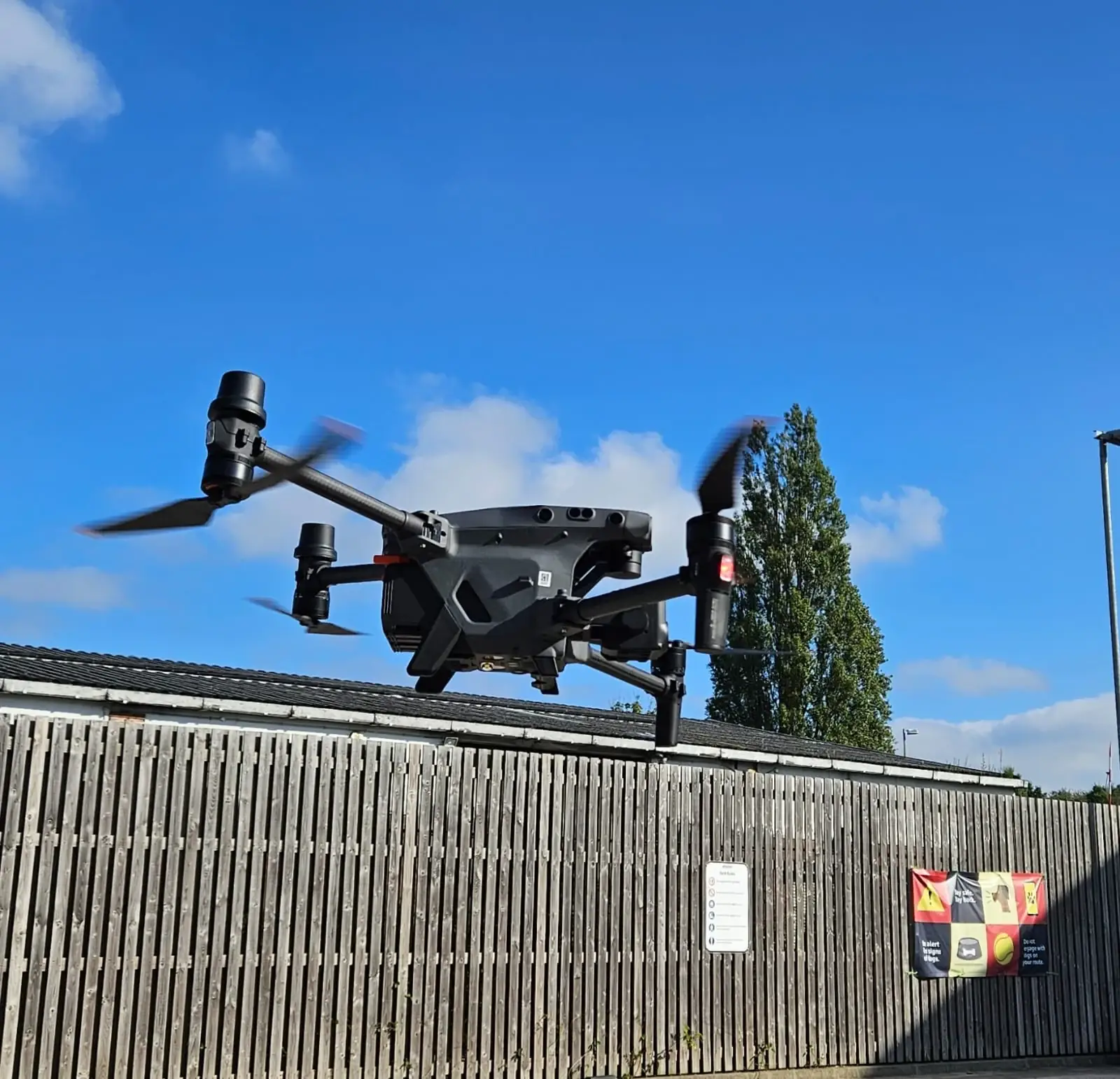
To fly in the Open Category, drone operations must meet all of these conditions
To ensure your flight qualifies for the Open Category, you must meet all of the following conditions. First, your drone's maximum take-off mass (MTOM) can't be more than 25 kg. You’re also required to keep the drone within your visual line of sight (VLOS) at all times.
This means you must be able to see the drone without any help from binoculars or video goggles to maintain full awareness of its location and surroundings.
Furthermore, you can't fly your drone higher than 120 meters (about 400 feet) above the nearest point on the earth’s surface. It's crucial that you avoid flying over any assemblies of people. You’re also prohibited from carrying dangerous goods or dropping any items from your drone during flight. Meeting every single one of these rules is non-negotiable for your operation to remain in the Open Category.
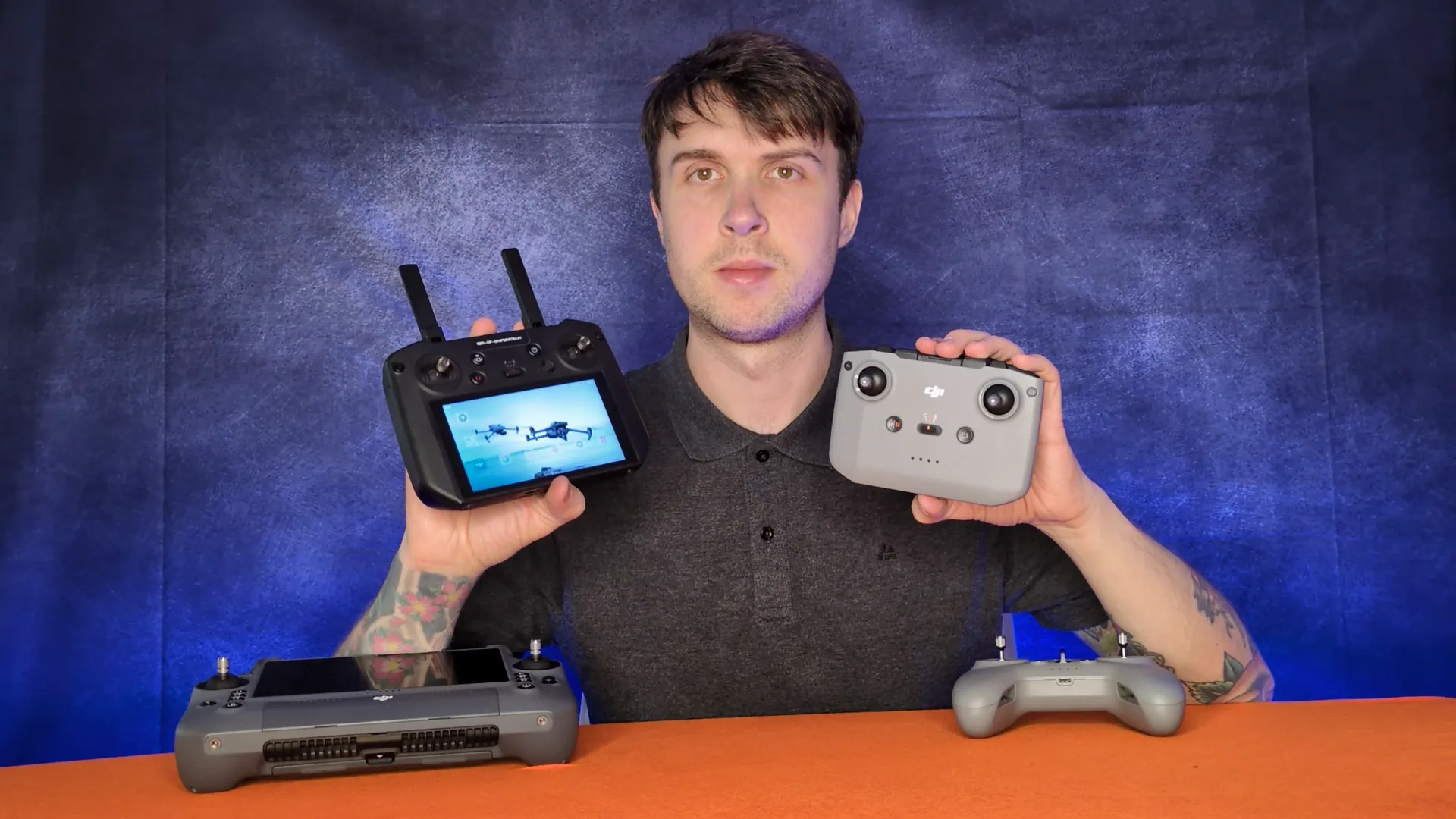
Drone Open Category Has 3 subcategories
The Open category isn't a single set of rules; it's divided into the A1, A2, and A3 subcategories. The main difference between them is how close you're allowed to fly to people. A1 lets you fly over people, A2 is for flying close to people, and A3 requires you to stay far away from them.
A1 - Fly over people
When operating in the A1 subcategory, you're allowed to fly over uninvolved people, but not over assemblies of people. This subcategory is specifically designed for the lightest, lowest-risk drones, giving you more operational freedom.
For these flights, you must use a drone that weighs less than 250g, or one that has a specific C0 or C1 class marking. The main rule to remember is avoiding “assemblies of people.” This means you can't fly over dense crowds where individuals can't easily move away to avoid a falling drone.
For example, flying over a few people on a city street is permissible, but flying over a packed festival or stadium is not. Your drone's low weight is what makes this subcategory possible.
A2 - Fly close to people
With a C2 class drone, you're permitted to fly horizontally within 30 meters of uninvolved people. If your C2 drone has a slow-speed mode, you can safely reduce this distance down to just 5 meters.
For older “legacy” drones that weigh under 2kg, you're required to maintain a 50-meter horizontal distance from people at all times.
A3 - Fly far from people
Flying in the A3 subcategory means you're operating far from people. This subcategory is for drone operations that pose the lowest risk, primarily because you're flying in areas where you don't expect to find anyone who isn't involved in the flight. Think wide-open spaces like empty fields or deserted coastlines.
The main rule you'll need to follow is simple: you must maintain a safe horizontal distance of at least 150 meters from any residential, commercial, industrial, or recreational areas. Essentially, if there's a place where people might gather—a park, a building, a neighbourhood—you can't fly near it. This restriction ensures that even in the unlikely event of an incident, uninvolved people on the ground won't be in danger.

Basic Requirements
To fly in the Open category, you'll need to meet a few basic requirements. First, if your drone is heavier than 250g or has a camera, you must register as a drone operator with the CAA.
Upon successful registration, you'll receive a unique Operator ID number. It's crucial that you clearly display this ID on every drone you operate. This registration directly links the drone back to you, the responsible operator.
Next, all drone pilots must pass an online theoretical test to obtain a Flyer ID. This test confirms you understand the fundamental rules for flying safely and legally. Finally, remember that you always maintain full responsibility for your flight operations. It’s your job to ensure every flight you conduct is safe and fully compliant with all current regulations. Your diligence is absolutely essential to keeping the skies safe for everyone involved.
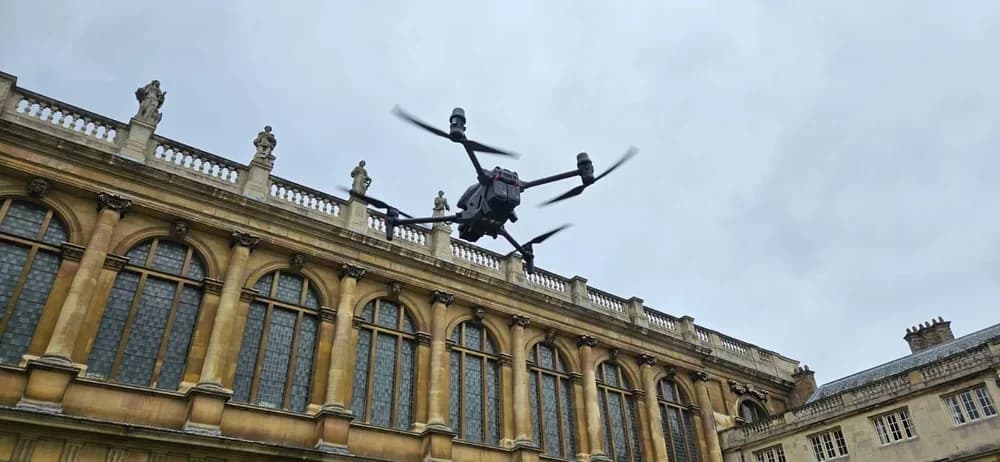
2026 Changes
As the rules for the Open category evolve, several key changes are set to take effect on January 1, 2026. You’ll need to familiarize yourself with these updates to stay compliant.
First, the UK is introducing new UK class marks (UK0-UK6) for drones sold under the Open category. Certain classes will require you to broadcast your drone's location and registration via Remote ID. The registration threshold is also dropping.
If your camera-equipped drone weighs 100g or more, you'll need both a Flyer ID and an Operator ID. This replaces the old 250g threshold. For those with legacy or EU-class drones, you can continue to operate them under transitional rules.
However, these provisions expire on December 31, 2027, so it's vital you plan for what comes next for your specific drone. This gives you a clear window to adapt your equipment and operations.
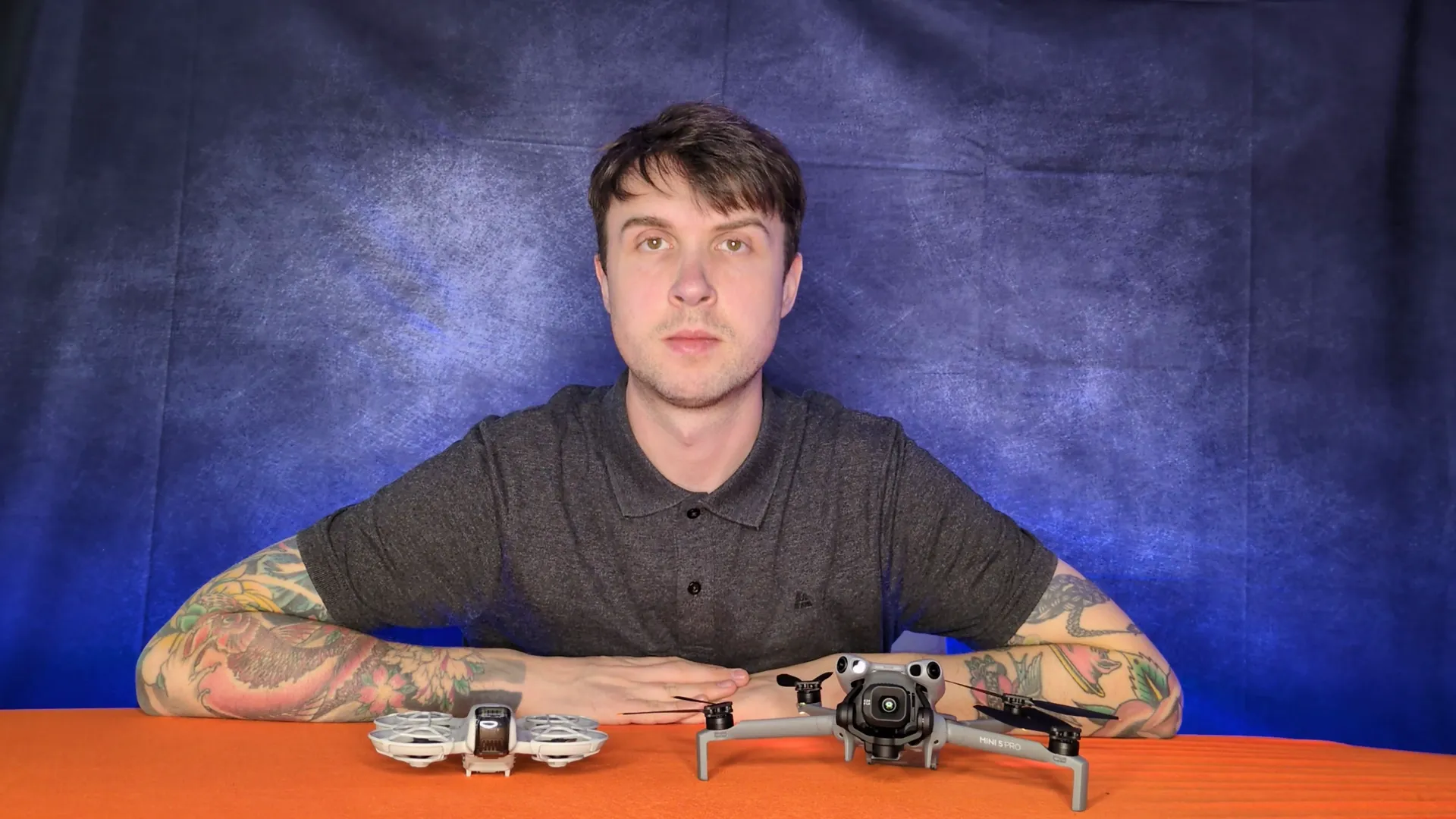
Frequently Asked Questions
Do I Need Insurance for My Drone?
While you're not always legally required to have insurance, you absolutely should. You're personally liable for any damage or injury your drone causes, which can be financially devastating. For any commercial work, it's almost always a requirement from clients and regulators. A good liability policy protects you from huge potential costs. Don't risk flying without it, as the consequences of an accident can be severe, regardless of your drone's operational category.
What Are the Privacy Rules for Drone Photography?
When you're flying, you must respect privacy laws. You can't use your drone to spy on people where they have a reasonable expectation of privacy, like inside their homes or fenced backyards. You're responsible for not harassing anyone. While filming in public is often fine, you still can't violate individual privacy. If your footage identifies people, data protection rules may apply. Always check your specific local byelaws and national regulations before you fly.
How Can I Find Local No-Fly Zones?
You'll find local no-fly zones by using official aviation apps, like the CAA-supported Drone Assist app, which show you real-time airspace data. Third-party apps like AirMap also provide detailed maps with airports, stadiums, and prisons. It’s your responsibility to check them before every flight. Don't forget to also search for local city or park ordinances, as their specific ground-level rules may not appear on aeronautical maps. Always verify your flight area.
Is Flying My Drone at Night Permitted?
Yes, you're permitted to fly your drone at night. To do so, you'll need to equip your drone with a green flashing light that's active during flight. This is a key requirement for night operations within the Open Category. The light ensures people on the ground can see your drone. Remember, you must still maintain a visual line of sight, which requires extra caution in the dark to ensure you don't lose it.
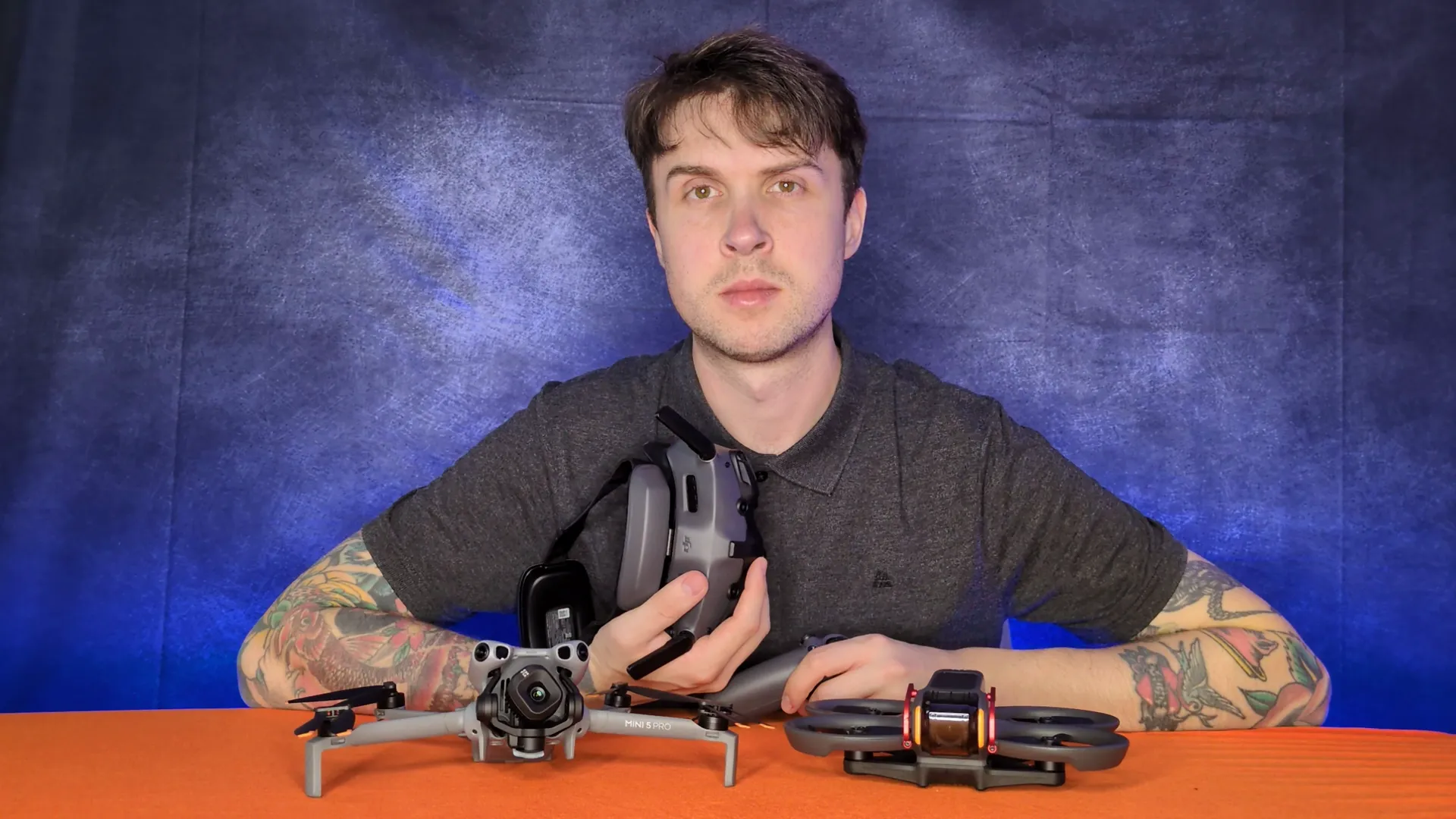
Can I Fly My Drone in Other Countries?
Yes, you can often fly your drone abroad, but don't assume your home rules apply. Every country sets its own drone regulations. Before you travel, you're responsible for researching the laws of your destination. You'll need to check their requirements for registration, licensing, and designated no-fly zones. Always consult the official civil aviation authority website for that specific country to ensure you’re flying legally and avoid fines or having your drone confiscated.
Ensure Your Open Category Project is Safe and Compliant
Understanding the Open Category's A1, A2, and A3 subcategories is essential for legal drone flights, but ensuring every project adheres to these specific distance and weight rules can be challenging. This is where professional expertise becomes invaluable. HireDronePilot solves this problem by connecting you with pilots who are fully vetted and knowledgeable about current CAA regulations.
As the UK's premier managed marketplace, HireDronePilot is dedicated to connecting businesses with verified professional drone pilots for hire. We help you streamline drone services through competitive bidding from our network, ensuring quality, compliance, and value for every aerial project across the United Kingdom. Whether your project requires adherence to A1, A2, or A3 rules, you can hire a professional drone pilot to get the job done right.
Ready to guarantee your next aerial project is executed safely and legally? Post your job on HireDronePilot today and receive competitive quotes from the UK's top drone experts.
About the Author

Written by
Peter Leslie
Peter Leslie is a CAA-approved commercial drone pilot with 10+ years experience and over 10,000 flight hours. He holds the GVC and A2 CofC drone licences with full CAA Operational Authorisation. Peter is a member of ARPAS-UK, the UK's non-profit trade association for the drone industry. He founded HireDronePilot to connect UK businesses with qualified, insured drone operators.
Looking for More Drone Work?
Join the UK's leading network of professional drone pilots and grow your business.
Open Access
Bid on any job - all jobs open to all pilots
Grow Revenue
Access high-value commercial projects
Stay Busy
Fill your schedule with regular work
Related Articles

Our Drone Survey Service In Stirling, Scotland
Bringing you Stirling drone survey data from areas no one else can fly.

How Much Does A Drone LiDAR Survey Cost
Forecasting your drone LiDAR survey cost requires understanding what's hidden beyond the initial quote.

Step By Step Process Of Drone LiDAR Survey
Next, discover the crucial post-flight steps that determine your survey's success.